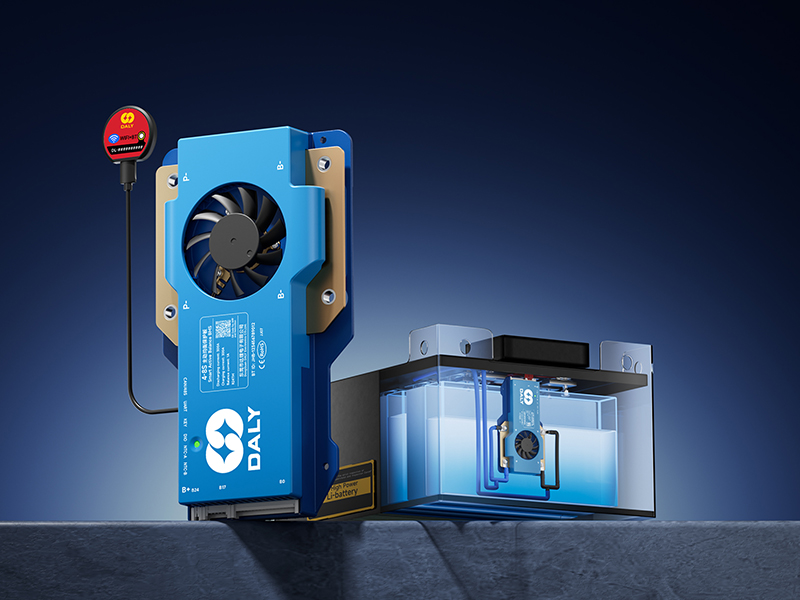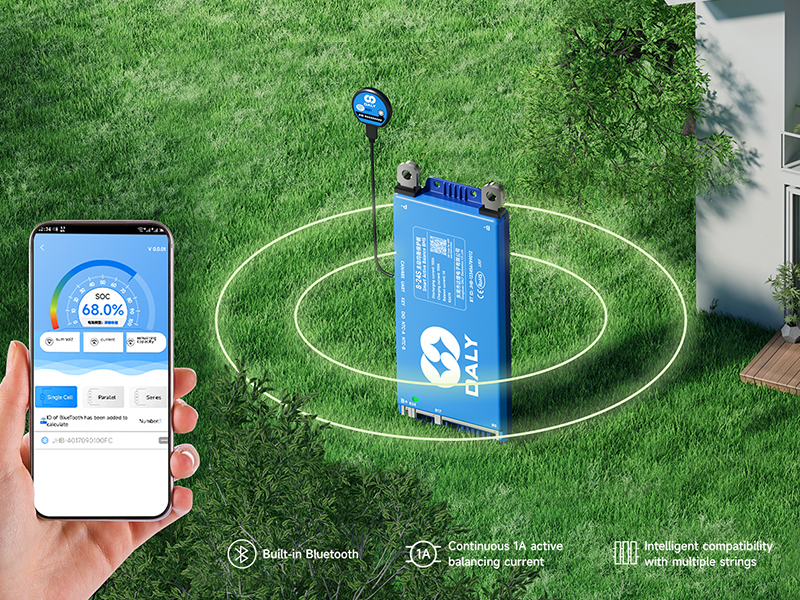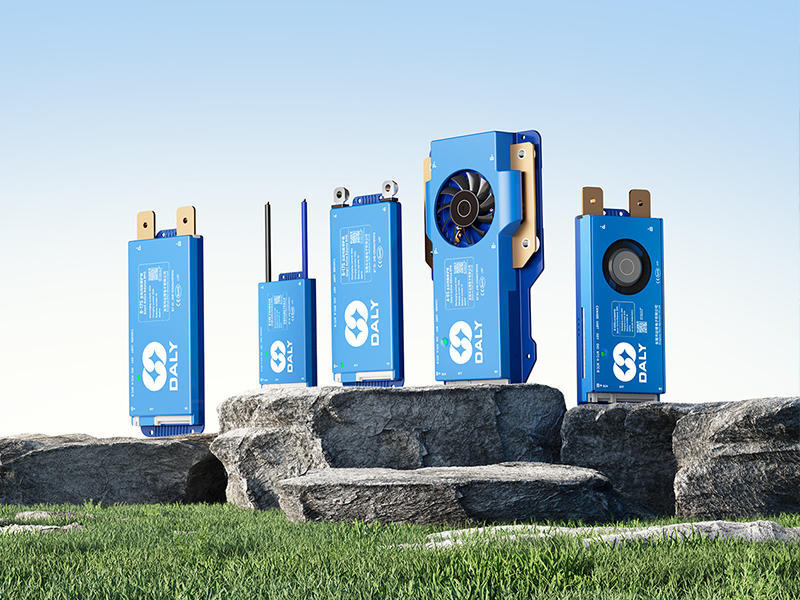Did you know that Battery Management Systems (BMS) come in two types: active balance BMS and passive balance BMS? Many users wonder which one is better.

Passive balancing employs the "bucket principle" and dissipates excess energy as heat when a cell overcharges. Passive balancing technology is easy to use and affordable. However, it can waste energy, which lowers battery life and range.
"The system's poor performance may stop users from getting the most out of their battery. This is especially true when peak performance is important."
Active balancing uses a "take from one, give to another " method. This method reallocates power among battery cells. It moves energy from cells with a higher charge to those with a lower charge, accomplishing a transfer with no loss.
This method optimizes the overall health of the battery pack, significantly extending the lifespan and safety of LiFePO4 batteries. However, active balancing BMS tends to be slightly more expensive than passive systems.
How to Choose an Active Balance BMS?
If you decide to opt for an active balance BMS, there are several factors to consider:
1. Choose a BMS that is smart and compatible.
Many active balance BMS systems work with different battery setups. They can support between 3 and 24 strings. This flexibility allows users to manage different battery packs with a single system, simplifying complexity and reducing costs. By having a versatile system, Users can easily connect several LiFePO4 battery packs without needing many changes.
2.Choose an Active Balance BMS with built-in Bluetooth.
This feature helps users monitor their battery systems in real-time.
No need exists to configure an additional Bluetooth module. By connecting via Bluetooth, users can remotely check important information such as battery health, voltage levels, and temperature. This convenience is especially beneficial in applications like electric vehicles, Drivers can check the battery status anytime. This helps them manage the battery more effectively.


3.Choose a BMS with a Higher Active Balancing Current:
It is best to select a system with a larger active balancing current. A higher balancing current helps battery cells equalize faster. For example, a BMS with a 1A current balances cells twice as quickly as one with a 0.5A current. This speed is crucial for maintaining optimal performance and safety in battery management.
Post time: Oct-31-2024




